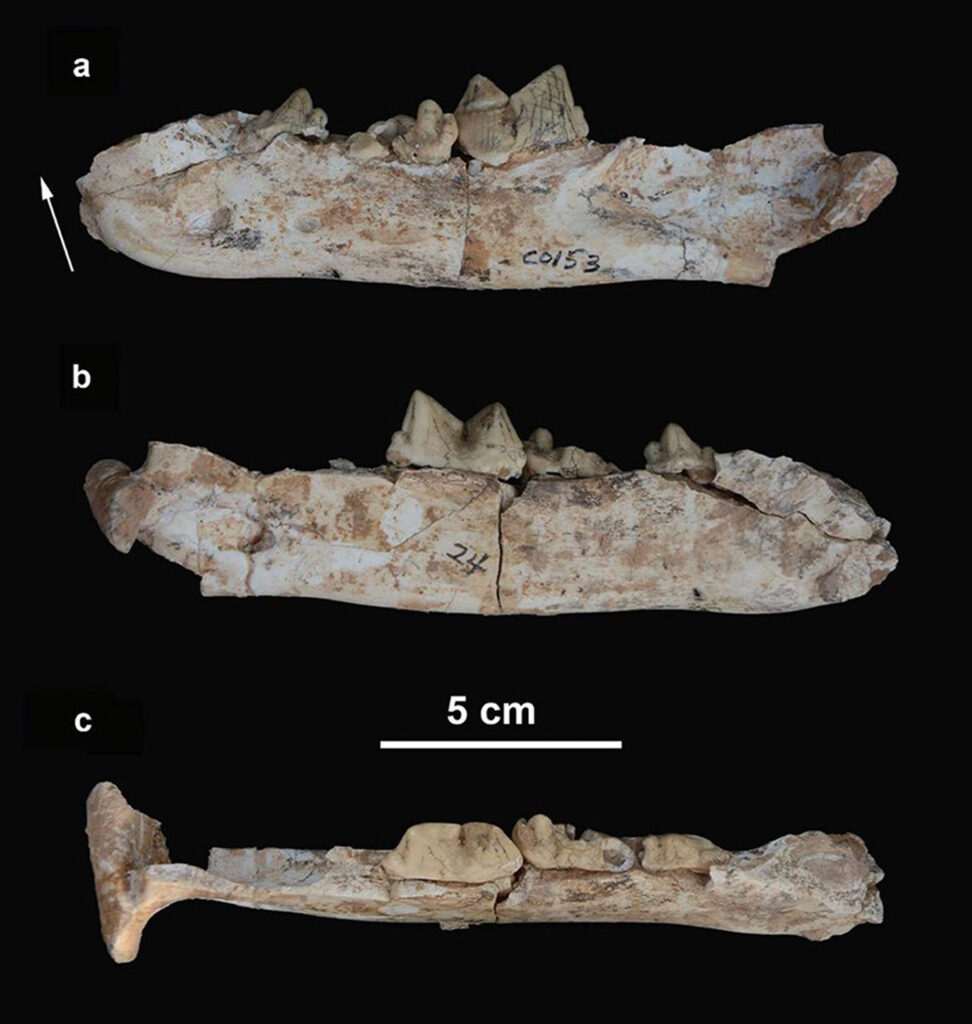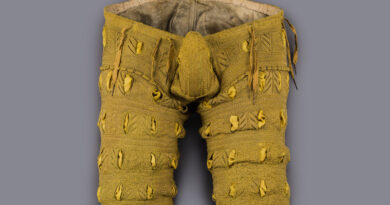Primitive Sabertooth Tiger Found For First Time In China That Was Later To Cross Into America
Archaeologists have for the first time discovered part of the fossil of a sabertooth tiger in China.
Details were published in the international palaeontology journal ‘Historical Biology’ which said that the discovery concerned a section of the jaw, described as the “mandibular horizontal branch with buccal teeth”.
The sabertooth tiger subfamily (Machairodontinae) is famous for its dagger-shaped upper canine teeth and it was regarded as an apex predator from the time. There has always been interested in the ancient big cat which also features frequently in films like the popular ‘Ice Age’ series.

There were many different types of sabertooth tiger but scientists believe that the jawbone found is most likely from the European sabertooth tiger.
It is believed that it entered North America in the late Miocene although the exact route has often been the focus of academic discussion, with the latest discovery no doubt likely to add further to the debate.
The fossils found in the Linxia Basin in the city of Linxia in the province of Gansu of the People’s Republic of China, which is now being factored in as a key migration route for the sabertooth tigers ancestors that were eventually to dominate the landscape in North America.
The sabertooth genus lived between 13 million and 5.33 million years ago in the Miocene, and most of the different types were roughly the same size as modern tigers.
The Chinese specimen is believed to be one of the ancestors of the sabertooth tiger and therefore more primitive than its later relatives.

Sun Boyang, an assistant researcher at the Institute of Paleospine, Chinese Academy of Sciences, said: “It can be speculated that the saber-toothed tiger travels east from Europe, first arrives at Turkey, and then crossed into Central Asia. The most likely route is to enter China after passing through Iran, and then head to North America.”
The sabertooth tiger is most believed to have migrated to North America via the Bering land bridge, opening the way for the sabertooth genus to dominate in North America.
The research was carried out by the Institute of Vertebrate Paleontology and Paleoanthropology of the Chinese Academy of Sciences and the Paleontology Research Center of Yuxi Normal University, Gansu Hezheng Paleontological Fossil Museum, Yunnan University and other researchers.
In an official statement, they confirmed: “The material is a section of the mandibular horizontal branch with buccal teeth, which has obvious original features, such as relatively vertical mandibular joint side profile, relatively large size of the lower premolar, and the subfissure tooth has a more developed lower heel remnant, consistent with the hidden sabre-toothed tiger (Machairodus aphanistus) distributed in Europe. Previously, most of the late Miocene sabre-toothed tiger materials reported in China were Machairodus palanderi, and some were Machairodus horribilis.



